
How to Use Snake Plant (Sansevieria) for Sinusitis and Other Respiratory Conditions
Snake plant (known in Vietnamese as cây lưỡi hổ) is more than just a decorative houseplant — it’s often praised in folk medicine for its purported ability to help with sinus inflammation, nasal congestion, and general respiratory health. A recent article in Tạp Chí Đời Sống outlines its traditional uses, suggested methods of use, and precautions. (Tap Chí Đời Sống) (turn0view0)
Below is a more detailed, critical, and context-rich version, supplemented by research and caveats.
Traditional Beliefs & What the Article Claims
The article begins by highlighting that snake plant is often seen in Vietnamese homes not just for aesthetic appeal but for its medicinal reputation. It says:
-
Snake plant has the ability to absorb formaldehyde, benzene, xylene, and other volatile organic compounds. By doing so, indoor air quality may improve, reducing irritation to nasal and respiratory mucosa. (Tap Chí Đời Sống)
-
The leaf sap is said to contain saponins, flavonoids, and other compounds that exhibit mild anti-inflammatory or antibacterial effects in folk remedies. (Tap Chí Đời Sống)
-
Usage methods described include:
-
Steam inhalation / herbal vapor: Use 4–5 fresh leaves, clean and chop them, boil in ~1 liter of water for 10 minutes, then lean over and inhale steam under a towel for 5–10 minutes to help clear sinus passages.
-
Keep a snake plant in the bedroom: A medium-sized potted plant in the sleeping area is said to help filter air and reduce mucosal dryness or congestion.
-
Raw leaf chewing or juice sipping: Take 6–12 g of fresh leaves, wash and cut them, then chew them with a bit of salt or extract the juice. Sip slowly to soothe throat inflammation or mild sore throat.
-
Combined use for mild cough or nasopharyngitis: Mix with ginger, lemongrass, or other herbal supports when performing vapor inhalation to help loosen phlegm and relieve throat irritation.
-
The article also warns:
-
Do not ingest large quantities of snake plant juice, as some compounds may irritate the stomach.
-
Pregnant women and children should avoid internal use; instead use external methods like steam only.
-
For symptoms that persist or worsen (severe sinusitis, persistent fever, ear pain), seek medical advice rather than relying solely on herbal practices.
Scientific & Herbal Medicine Perspective
While snake plant is admired in folk medicine, it’s important to underline the limits of evidence and acknowledge what research supports — or fails to support — the traditional claims.
Air-Purifying Properties
-
One often cited source is NASA’s clean air study (1989), which suggested that Sansevieria is capable of removing formaldehyde, benzene, and other VOCs in sealed test chambers. However, many scientists caution that in real living spaces, the effect is minimal due to air exchange and plant-to-room volume ratios. (NASA / environmental studies)
-
A 2020 review in Indoor and Built Environment found that while some houseplants may modestly affect air quality in very confined spaces, their impact in typical home environments is negligible compared to ventilation or air filtration systems.
Anti-Inflammatory / Antibacterial Claims
-
There is limited peer-reviewed research specifically on snake plant sap’s medicinal properties for respiratory conditions. Some plant chemistry texts note that Sansevieria contains saponins and other phytochemicals, but rigorous clinical trials are lacking.
-
A broader perspective in herbal medicine is that while many plants with saponins or flavonoids show in vitro (lab-based) anti-inflammatory activity, translating that into safe, effective healing doses in humans is challenging and risky without dosing and toxicity studies.
Steam / Inhalation Use
-
Steam inhalation is a well-accepted symptomatic relief method for nasal congestion and sinus discomfort. Its efficacy lies primarily in moisture, warmth, and mucosal hydration rather than any unique property of any particular plant.
Safety & Toxicity
-
Some species of Sansevieria are mildly toxic if ingested in large quantities, causing gastrointestinal upset in pets or humans.
-
Overuse of leaf sap or raw juice may irritate the digestive tract, especially in those with sensitive stomachs or ulcers.
Balanced Takeaways & Practical Tips
Given both the folk claims and scientific prudence, here’s a tempered view of how one might use snake plant while prioritizing safety:
-
As a supplementary aid, not a replacement: Use snake plant methods (steam, minimal ingestion) only alongside medical treatment, especially for moderate or severe sinusitis.
-
Moderation is key: If trying leaf juice or chewing, use only small amounts and watch for digestive discomfort.
-
Steam method favored: The vapor inhalation approach is safer and less aggressive — and provides symptomatic relief regardless of specific plant properties.
-
Indoor placement: Having a snake plant in the bedroom is unlikely to hurt; if anything it adds green ambience. But don’t overstate its air-cleaning ability.
-
Consult a physician when symptoms worsen, persist more than a few days, or are associated with other warning signs (fever, facial pain, ear symptoms).
News in the same category


Woman sued weatherman for $1,000 after he made the wrong weather prediction

Malia Obama Directs A’ja Wilson’s New Nike Commercial & It’s a Beautiful Love Letter to Black Girls

Maya Angelou Becomes First Black Woman To Appear On Quarter

Denzel Washington & A$AP Rocky Shine in Trailer for Spike Lee’s New Crime Thriller ‘Highest 2 Lowest’

Cindy Crusto Makes History As First Black Woman Professor In Yale Psychiatry History

Expired Milk Isn’t Just Waste — 2 Useful Ways to Reuse It (If It’s Not Spoiled)

Sheila Brown Becomes The First Black Woman To Own A Radio Station In Buffalo, New York

Deion Sanders Delivers a Beautiful Mother’s Day Tribute to His Mom, Ms. Connie Knight

‘Never Seen Stephen A. Smith Look So Scared’: Serena’s Husband Pulls Up to Stephen A. Smith’s Workplace to Confront Him Following ESPN Host’s Comments About Tennis Star

Mixing Banana Peels with Laundry Detergent — What It Claimsto Do (And What to Watch Out For)

Toilet Bowl Covered in Yellow Stains? You Don’t Need to Scrub Hard — Use These Simple Tricks to Make It Sparkling Again

Cancer “Fears” Cheap Drink — Daily Habit May Help Prevent Stroke, Lower Blood Fat, Reduce Cancer Risk

What to Do with Yogurt Past Its Expiration — 4 Creative Uses (If It’s Still Good)

How to Tell Real Honey from Fake: The “Flip the Bottle” Test and Other Tips
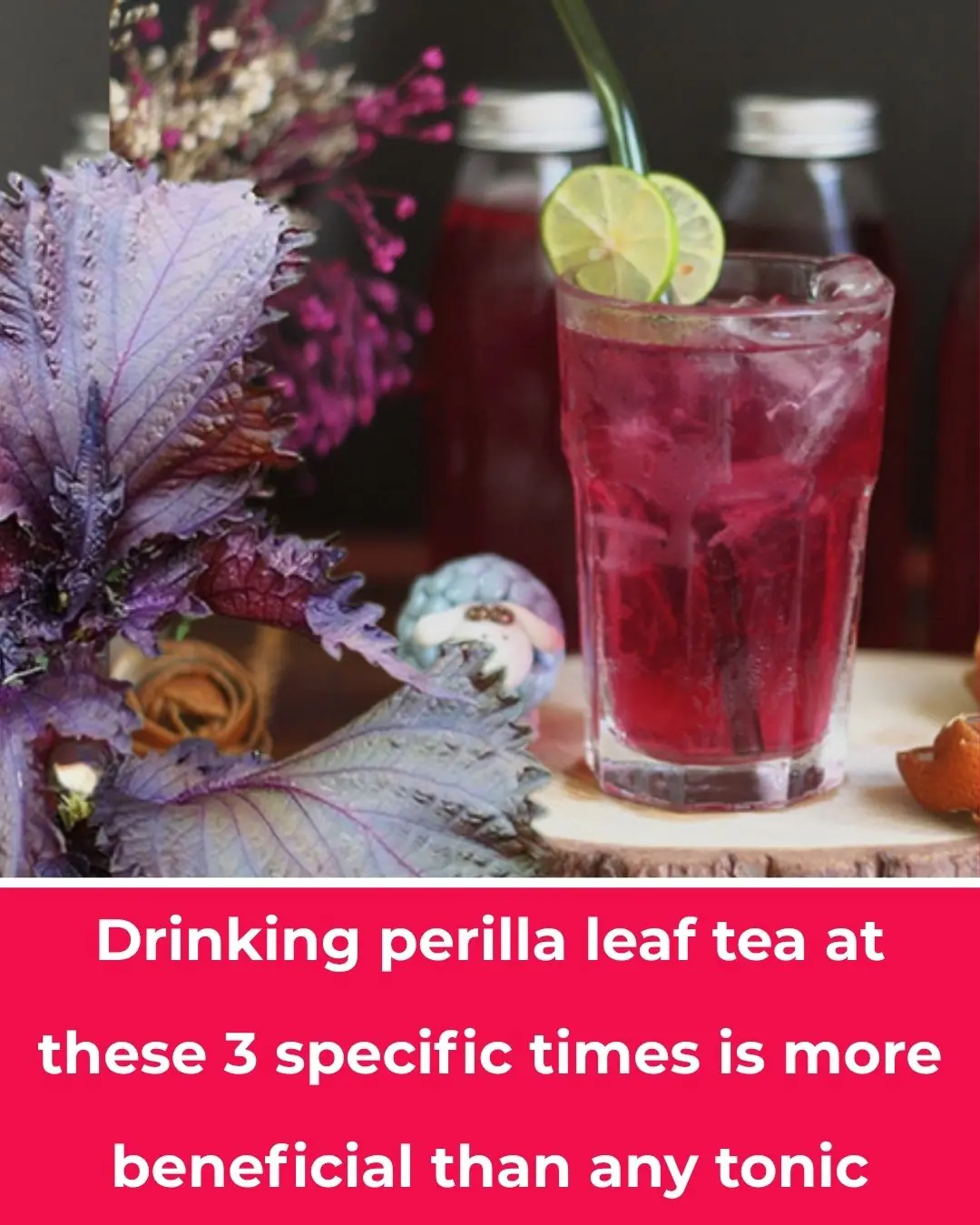
The 3 Best Times to Drink Perilla Leaf (Shiso) Water — and What Science Says

Woman in Taiwan Found With 300 Kidney Stones After Years of Drinking Bubble Tea

Priest who 'died and went to hell' after heart attack reveals what he really saw

Donald Trump warns he could use centuries-old act to send military to specific US states
News Post

The Man Who Remembers Hunger: Why One Act of Kindness Matters.

The Little Elephant Who Was Born Different: A Pink Calf in the Wild

When Love Has No Address: A Man and His Dogs

A Boy, a Soldier, and an Umbrella: A Timeless Gesture of Respect
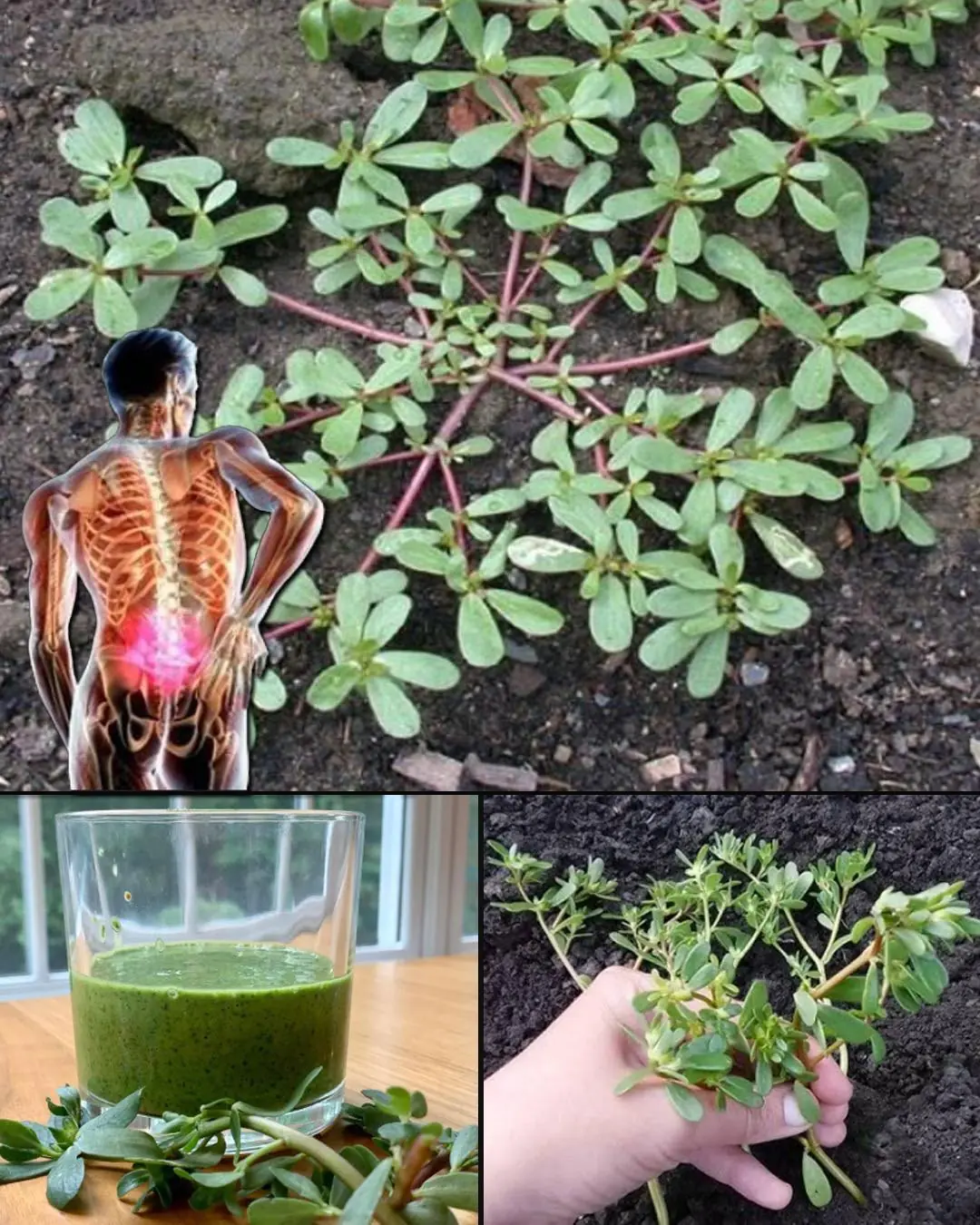
Purslane: The Superfood That Tastes Better Than Meat – 7 Reasons to Grow It in Your Garden
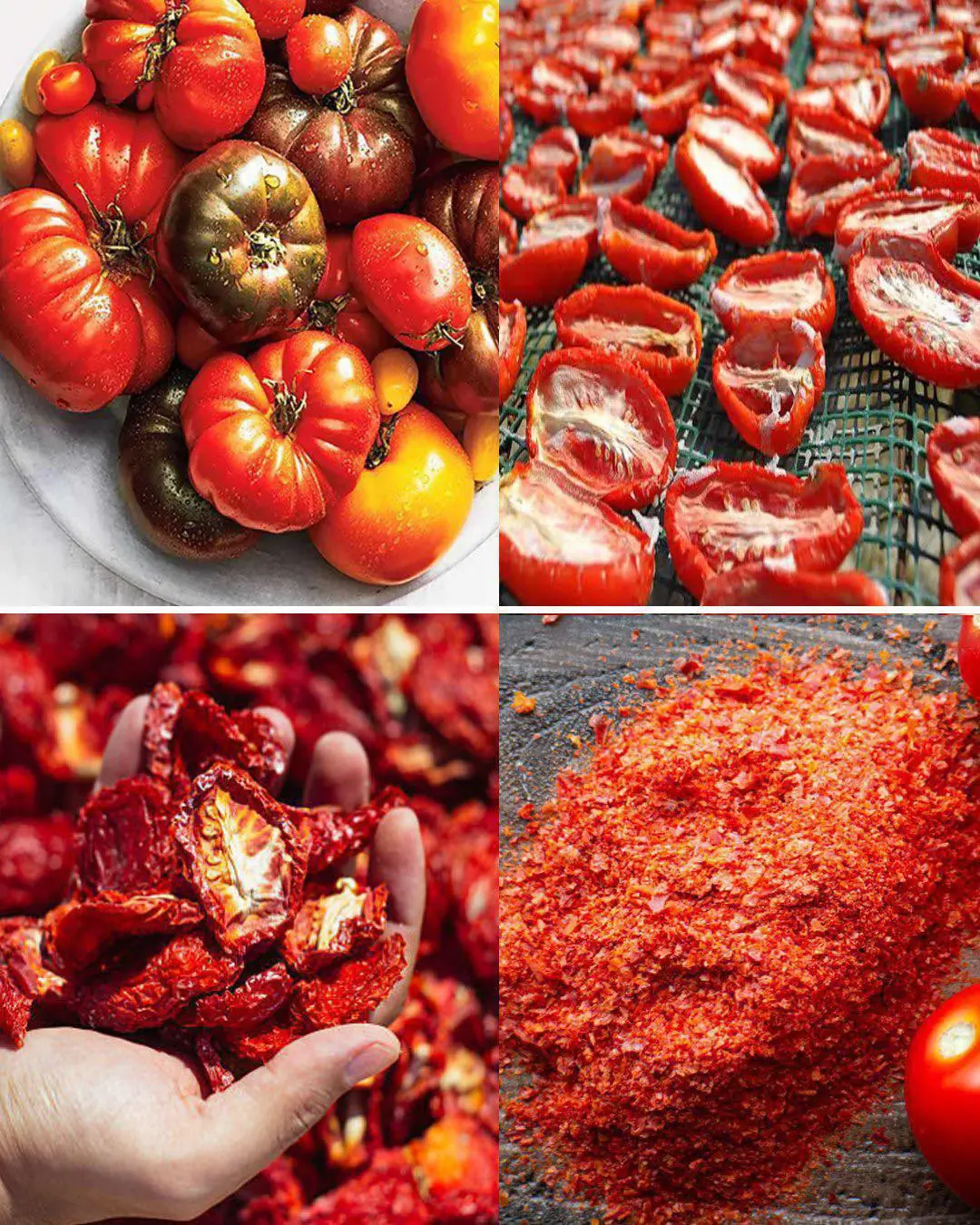
Don't Throw Old Tomatoes in the Trash.Turn them into flavorful tomato powder.
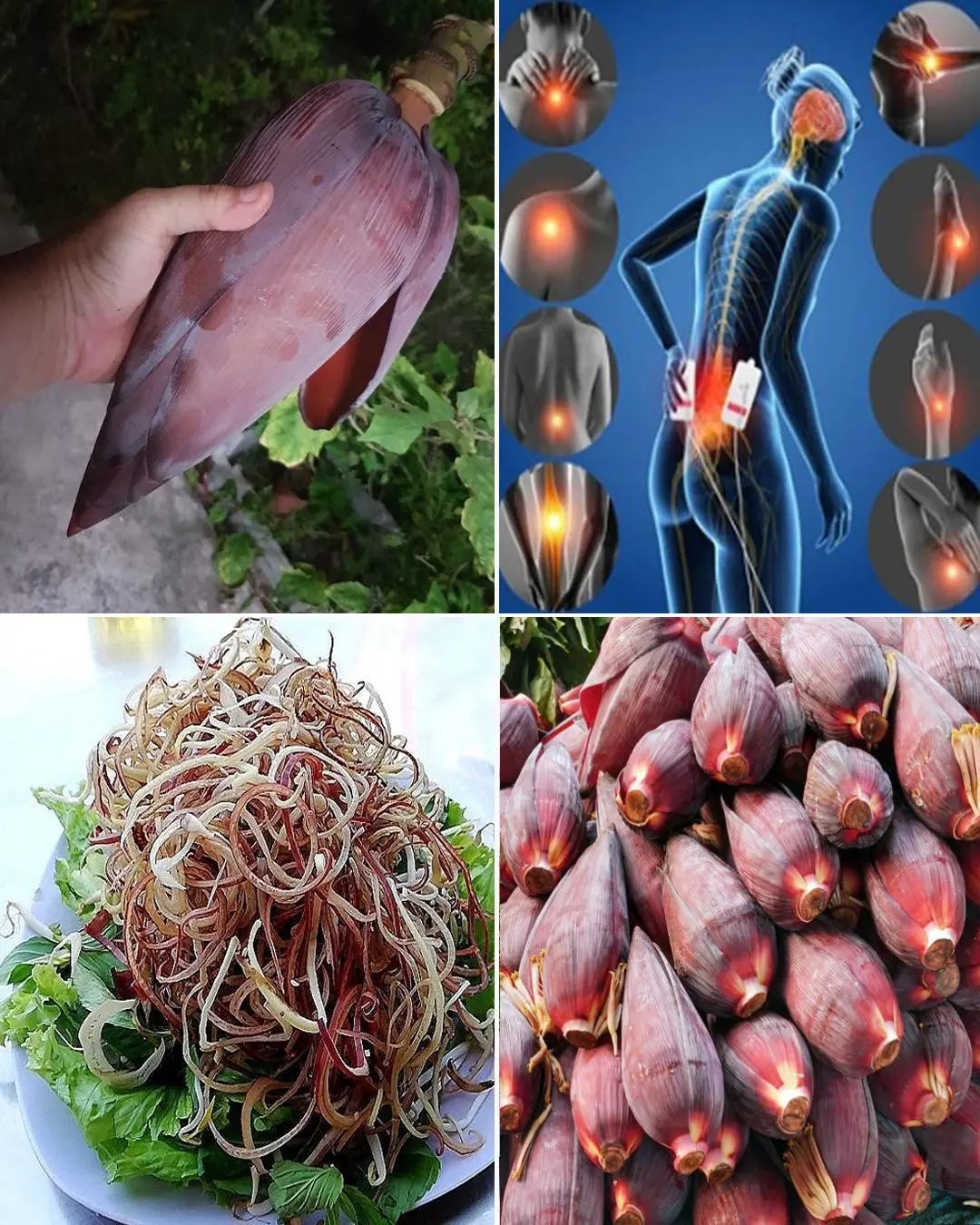
Banana Blossom: Health Benefits, Recipes, and Uses
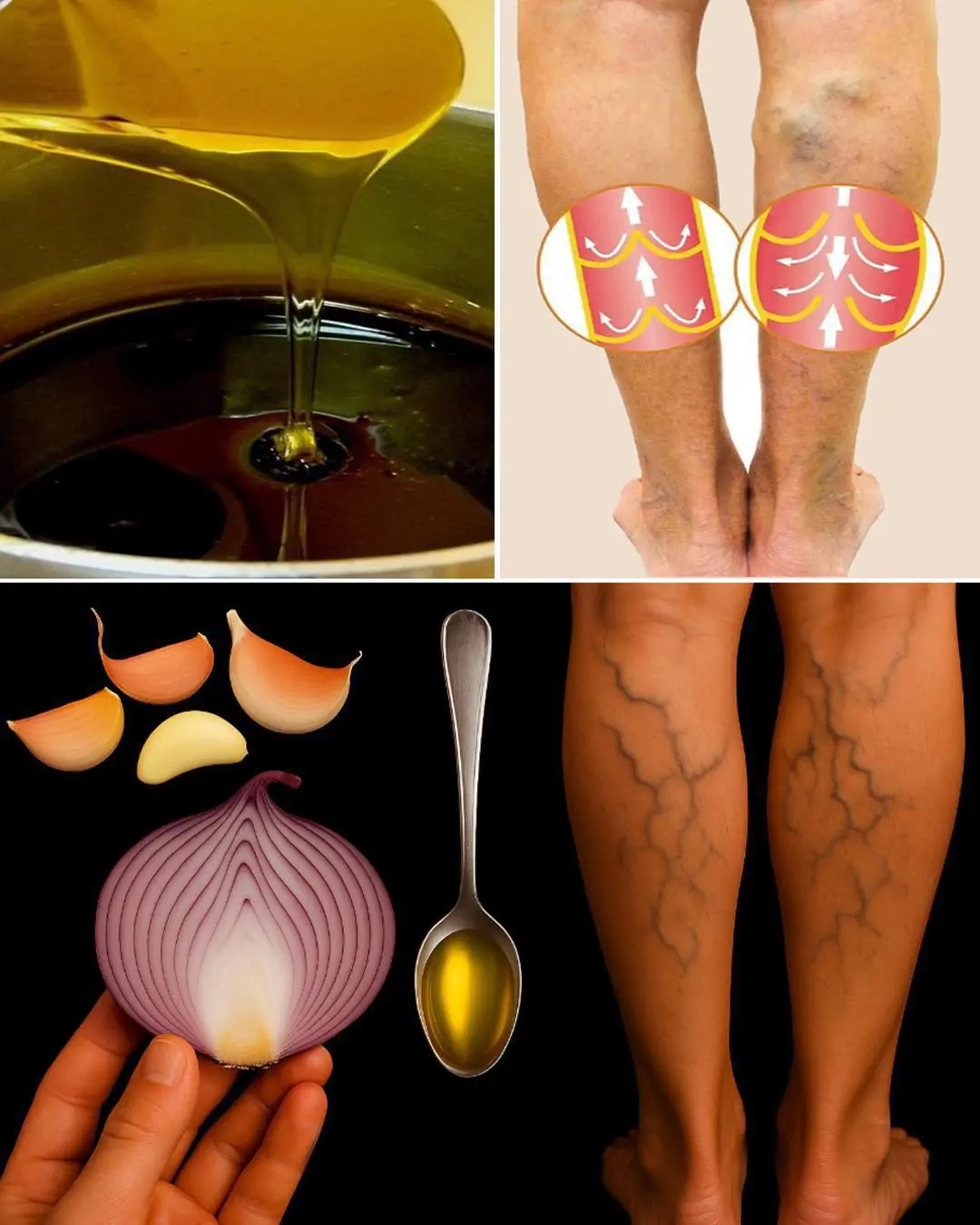
Onion, Garlic, and Olive Oil Remedy for Varicose Veins: Natural Treatment and Benefits

The Photo of the Year: A Glimpse of Courage the World Must Not Forget
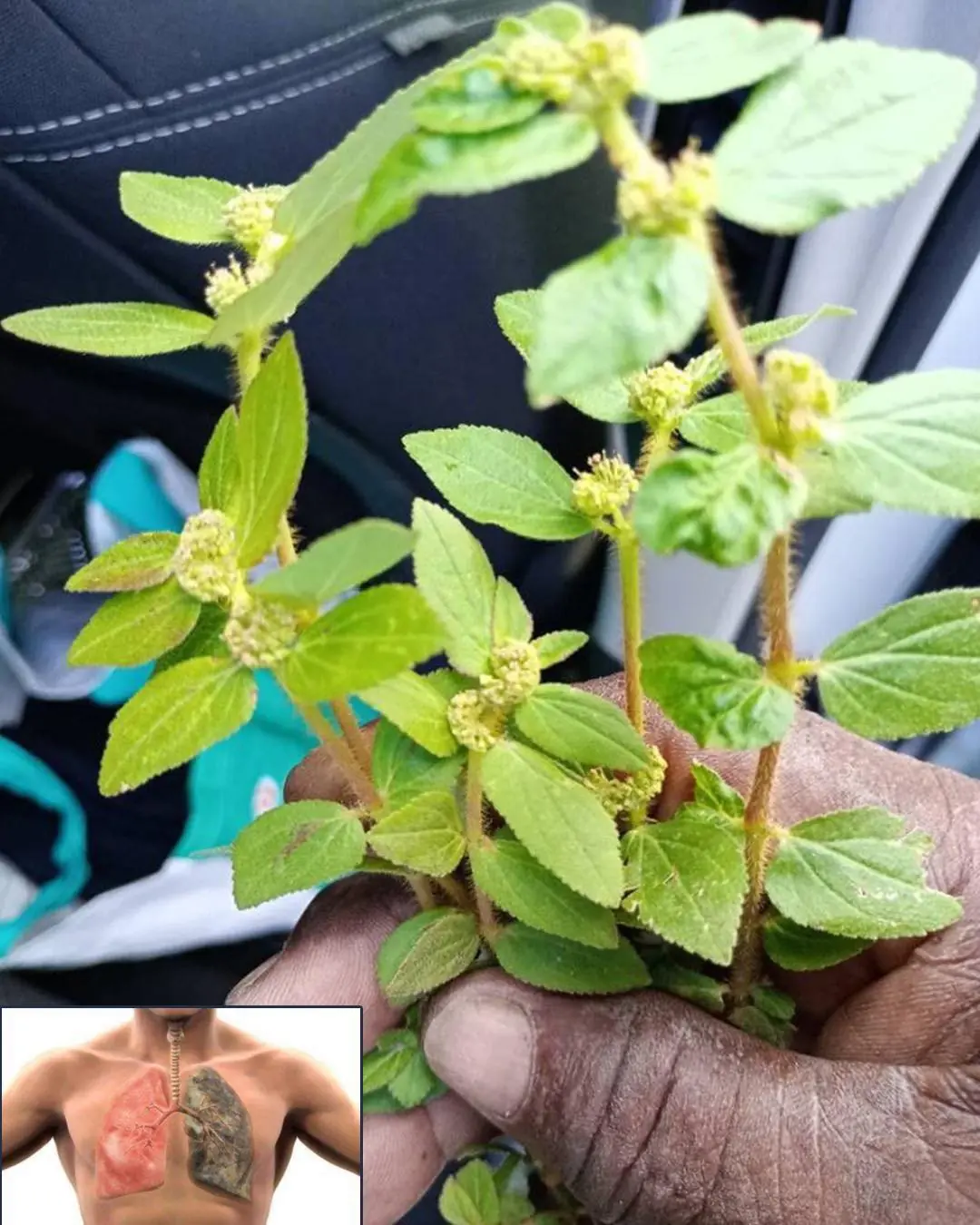
7 Surprising Benefits of Euphorbia Hirta
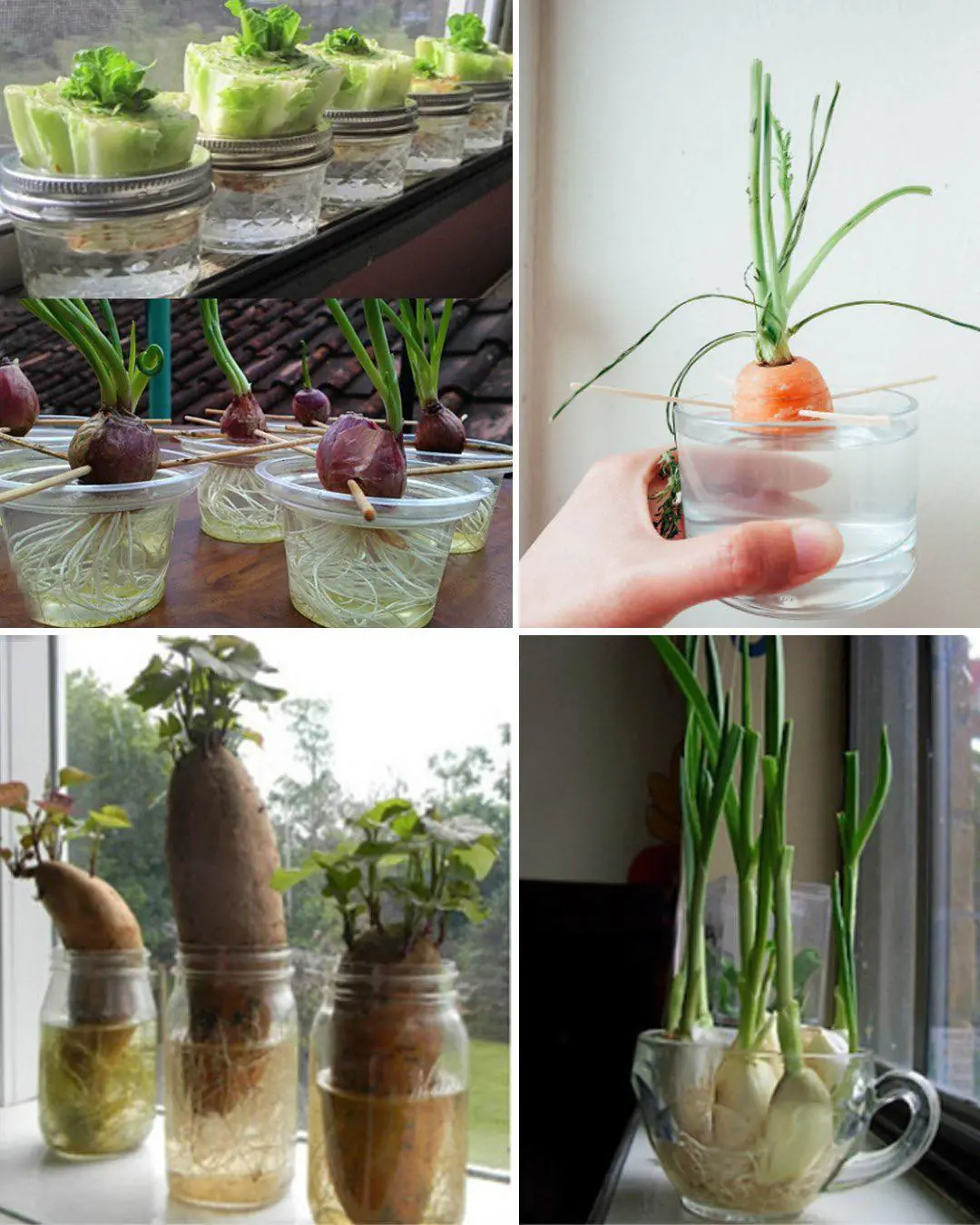
How to Regrow Food in Water: 10 Foods that Regrow Without Dirt

Firefighters Save Trapped Fawn from Storm Drain, Reuniting It with Nature
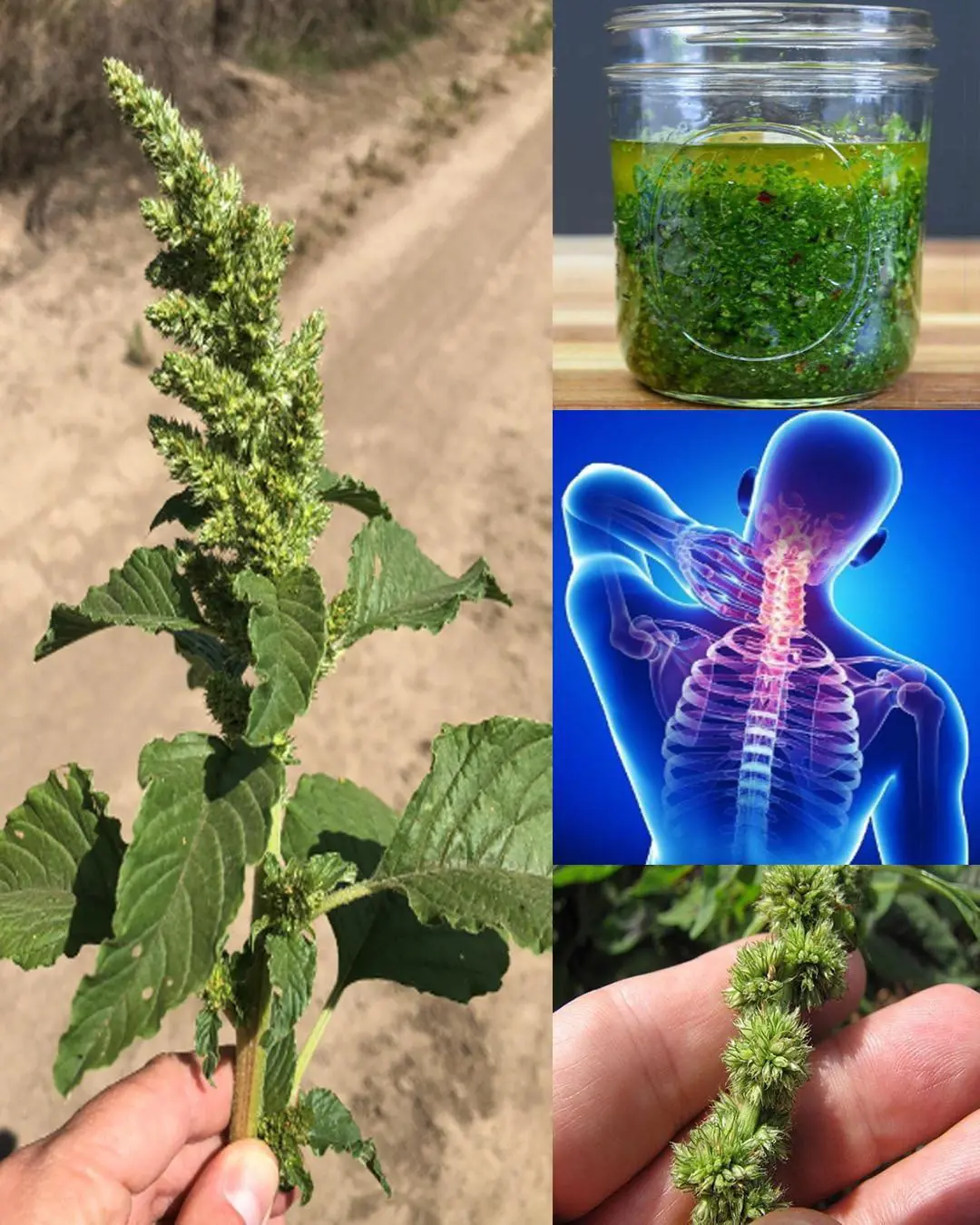
10 benefits of pigweed
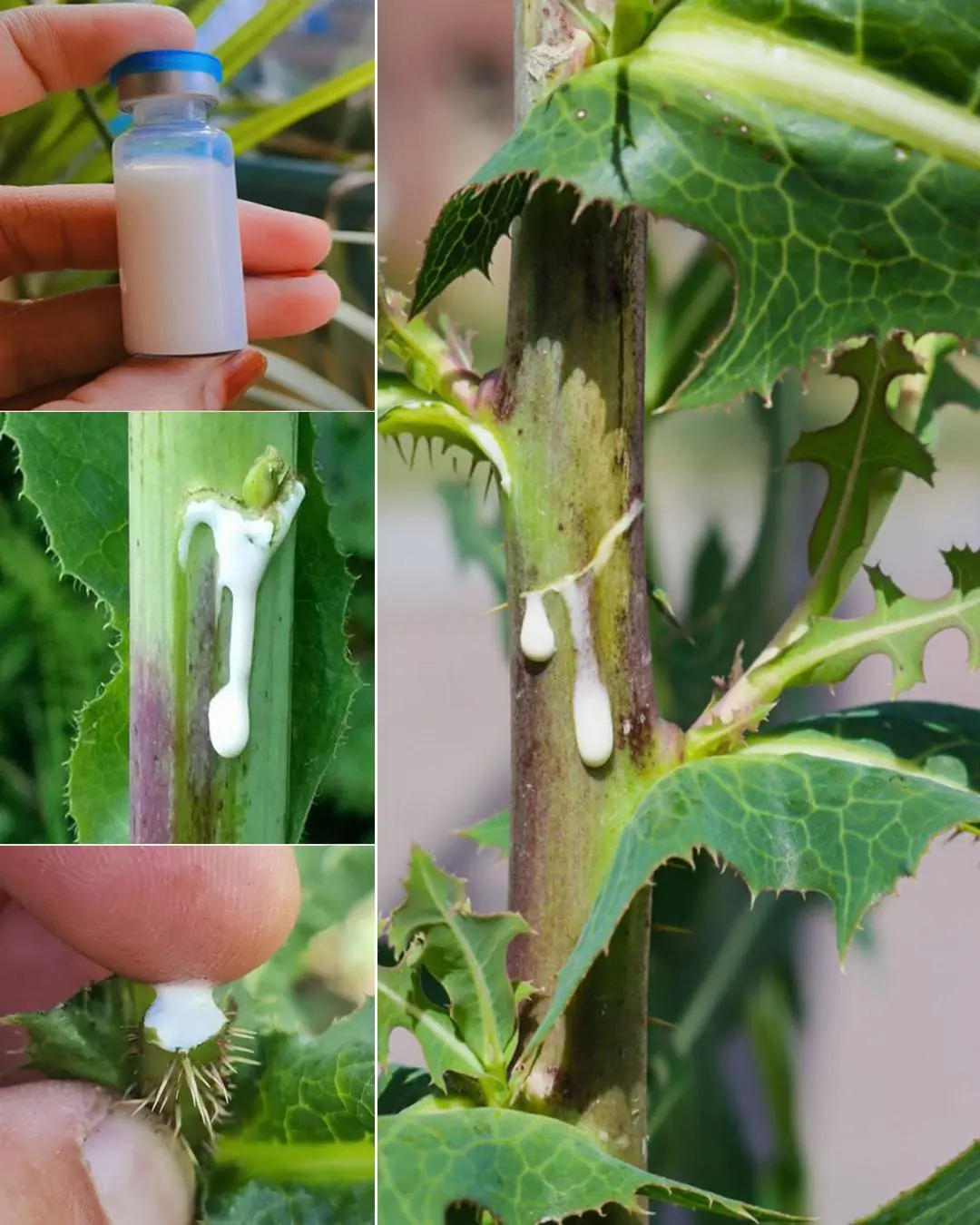
Wild Lettuce Sap: Benefits and Uses

When “Just a Dog” Becomes the Difference Between Life and Death

Teddy’s Hug: A Rescue Story of Unbreakable Love

Benny’s Redemption: A Journey from Loneliness to Love

Man has stroke after bathing right after meal: 3 mistakes you shouldn’t make

Redemption in Yarn and Paws: How a Cat Gave My Brother Back His Life
